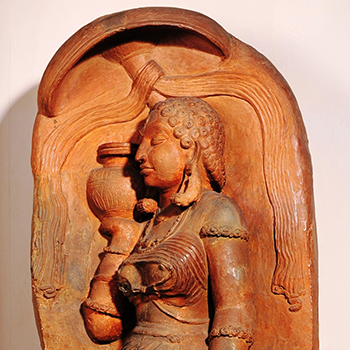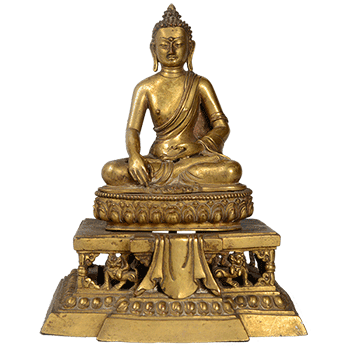The serene and magnificent Buddha sculpture made of Black schist stone is one of the masterpieces of the Gandhara art of the National Museum at Janpath. It belongs to the Kushana Dynasty and dates back to 2 CE (as per the National Museum Publication) / 5 CE (as per the caption inside the museum). The sculpture is 112cm in height, 39 cm in width and 17 cm deep. It is currently on display in the Kushana- Ishkvaku Gallery in the National Museum.
































